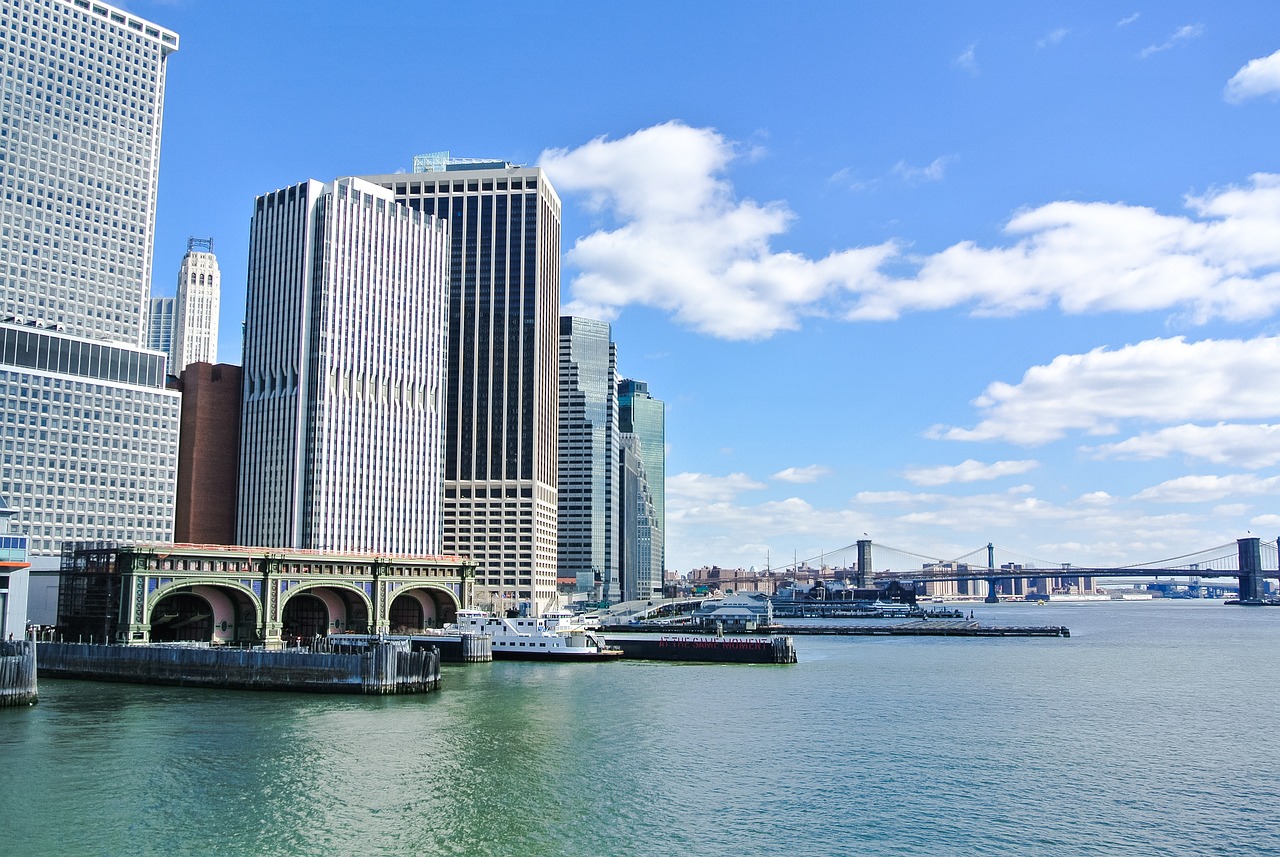New York City, with its 1.1 million buildings, is facing a unique challenge – it is slowly sinking under the weight of its own structures. A recent study published in Earth’s Future highlights how the massive weight of the city’s buildings is contributing to local sea-level rise and increasing the risk of floods.
When we think of rising sea levels, we usually attribute it to the melting of ice. However, the sinking of land is another crucial factor to consider. According to Jacky Austermann, a geophysicist at Columbia University, whether the land sinks or the sea level rises, the result is the same – increased flooding.
The researchers behind the study sought to understand how the weight of a city affects local sea-level rise. New York City, with its immense mass, provided an ideal case study. Lead author Tom Parsons, a geophysicist at the U.S. Geological Survey, described the city as a mountain range of imported mass, exerting significant downward pressure.
To analyze the weight of the city, the researchers mapped the buildings across all five boroughs. Using a database that included the footprint and height of each building, they estimated a total weight of 764 billion kilograms (1.68 trillion pounds). This rough estimate excluded the weight of roads and sidewalks for simplicity.
The researchers also studied New York City’s geology, as different ground types respond differently to pressure. In areas where bedrock lies close to the surface, the impact of weight-induced subsidence is relatively low. However, areas where the city has expanded using artificial fill, such as the southern coast of Brooklyn, are more vulnerable to sinking due to the less compact nature of the fill material.
The researchers used models to predict how different geologies respond to pressure and identified areas where subsidence from the city’s weight would be more prevalent. To validate their findings, they compared satellite data from the past decade, which showed an average sinking rate of one to two millimeters per year. However, the overall subsidence included factors other than urban weight, so the comparison helped identify where the city’s weight played a more significant role.
The study acknowledges its limitations. It does not capture the complex 400-year development of the city and assumes all buildings were constructed simultaneously. However, it serves as an initial step toward understanding how cities worldwide may contribute to sea-level rise. The study provides a rough estimate of subsidence from urban weight, not an exact calculation.
Although the study focused on New York City, it sheds light on a global issue affecting coastal cities. With 40 percent of the world’s population already residing within 100 kilometers of the coast and an expected increase to nearly 70 percent by 2050, cities face the dual challenge of rising sea levels and their own weight. While New York City benefits from robust bedrock, other cities are on more precarious ground. As cities continue to expand, the impact of their weight on subsidence and sea-level rise becomes a growing concern.

